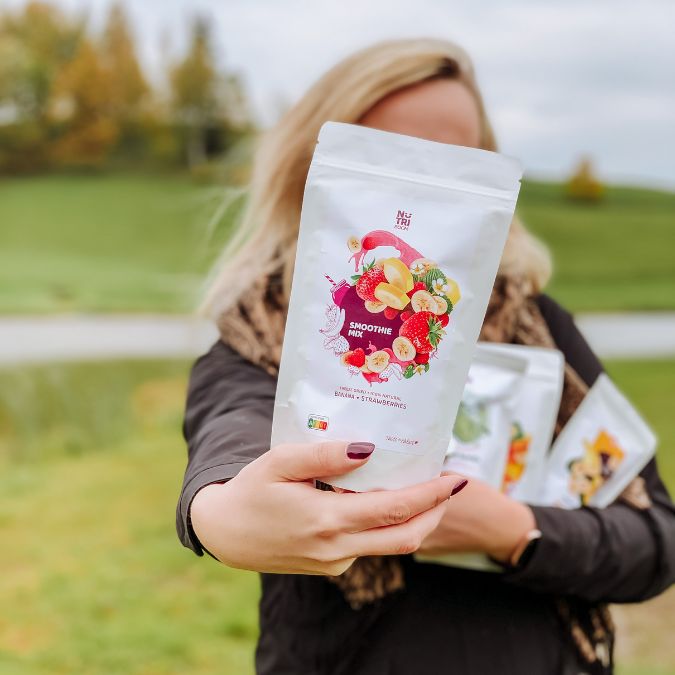
What exactly is Nutri-Score?
The packaging of food products and the information displayed on it have a significant impact on both the delivery of information to consumers and the performance of the advertising function. According to the European Union (EU) Regulation no. 1169/2011 "Provision of information on food products to consumers", manufacturers must indicate the product's ingredients, nutritional and energy values, information on allergens, in order to provide consumers with all the necessary information about the product. It is also possible to indicate the percentage of daily recommended doses (recommended dose for an average adult) per 100 g/ml or per portion, which is often used by various food manufacturers, on the packaging. The regulation does not provide for a mandatory nutrition label on the front of the package, but it allows repeating the energy value, as well as supplementing the mandatory nutritional information with graphic or symbolic means, the main purpose of which is to provide correct information to consumers and promote their understanding of the nutritional value of products (Aschemann-Witzel et al., 2013).
The label "Guided daily amount" (GDA) is one of the most popular ways of specifying the abbreviated nutritional information on the front of the package (FoP), however, despite the fact that it is already summary, it also takes a long time for the consumer to perceive the data indicated there compared to a traffic light type label (Gabor et al., 2020). This is due to the fact that a marking with only numerical information, such as GDA, is more difficult to perceive because it takes more time to analyze the numbers, but automatic cognitive processes work to perceive colors, hence the traffic light type marking is perceived and understood faster.
Therefore, in addition to the health claims regulated by EU Regulations, other unified labels have also been developed that indicate information about the quality and content of the product, the purpose of which is to educate, to give an opportunity to easily and quickly perceive the nutritional properties of the product, which in turn helps to expand the menu with healthy products that also help to make food choices (Medina-Molina et al., 2021). The Nutri-Score is a five-color label created by the French Nutrition and Epidemiology Research Group and introduced in France in 2017 (Chantal and Hercberg, 2017), followed by Belgium, the Netherlands, Germany and Spain, and gradually is becoming more popular in more and more countries. Nutri-Score was developed to make it easier for consumers to understand nutritional information and thus help them make informed choices.

Nutri-Score is based on nutrient profiling system calculations using the amount of nutrients per 100 g / 100 ml of foods and beverages. The Nutri-Score consists of five nutritional quality categories from green to dark orange, supplemented by the letters A to E to improve the perceptibility of the label (Chantal and Hercberg, 2017). Some of the studies show that such simplified and direct labels, trademarks are effective in helping consumers make healthier choices from the available range of food products (Chantal and Hercberg, 2017; Egnell et al., 2018; Gabor et al., 2020).
Currently, Nutri-Score is a trademark that manufacturers can voluntarily use on their product packaging. NutriBoom also uses it to draw attention to the quality and nutrient content of its freeze-dried products.

Key facts about Nutri-Score:
• the trademark is located on the front of the package, which informs about the nutritional value of the product in a simplified form and complements the mandatory nutrition declaration;
• it contains a five-color nutrition scale: from dark green to dark orange;
• colors associated with the letters A to E to optimize the perception of the logo.
The Nutri-Score category is determined based on the number of points, which in turn are calculated per 100g/100ml of the food product:
• amount of nutrients to be limited: energy, saturated fatty acids, sugars, salt;
• the amount of nutrients and foods that should be increased (fibers, proteins, fruits, vegetables, legumes, nuts and canola, walnut and olive oils).
Aschemann-Witzel, J. & Grunert, K. G. & van Trijp, H. & Bialkova, S. & Raats, M. M. & Hodgkins, C. & Wasowicz-Kirylo, G. & Koenigstorfer, J. 2013. Effects of nutrition label format and product assortment on the healthfulness of food choice. Appetite, 71, 63–74.
Chantal, J. & Hercberg, S. 2017. Development of a new front-of-pack nutrition label in France: the five-colour Nutri-Score. Public Health Panorama, 03(04), 712–725.
Egnell, M. & Talati, Z. & Hercberg, S. & Pettigrew, S. & Julia, C. 2018. Objective understanding of front-of-package nutrition labels: An international comparative experimental study across 12 countries. Nutrients, 10(10).
Gabor, A. M. & Stojnić, B. & Ban Ostić, D. 2020. Effects of different nutrition labels on visual attention and accuracy of nutritional quality perception – Results of an experimental eye-tracking study. Food Quality and Preference, 84(March), 103948.
Medina-Molina, C. & Rey-Moreno, M. & Periáñez-Cristóbal, R. 2021. Analysis of the moderating effect of front-of-pack labelling on the relation between brand attitude and purchasing intention. Journal of Business Research, 122(September 2020), 304–310.

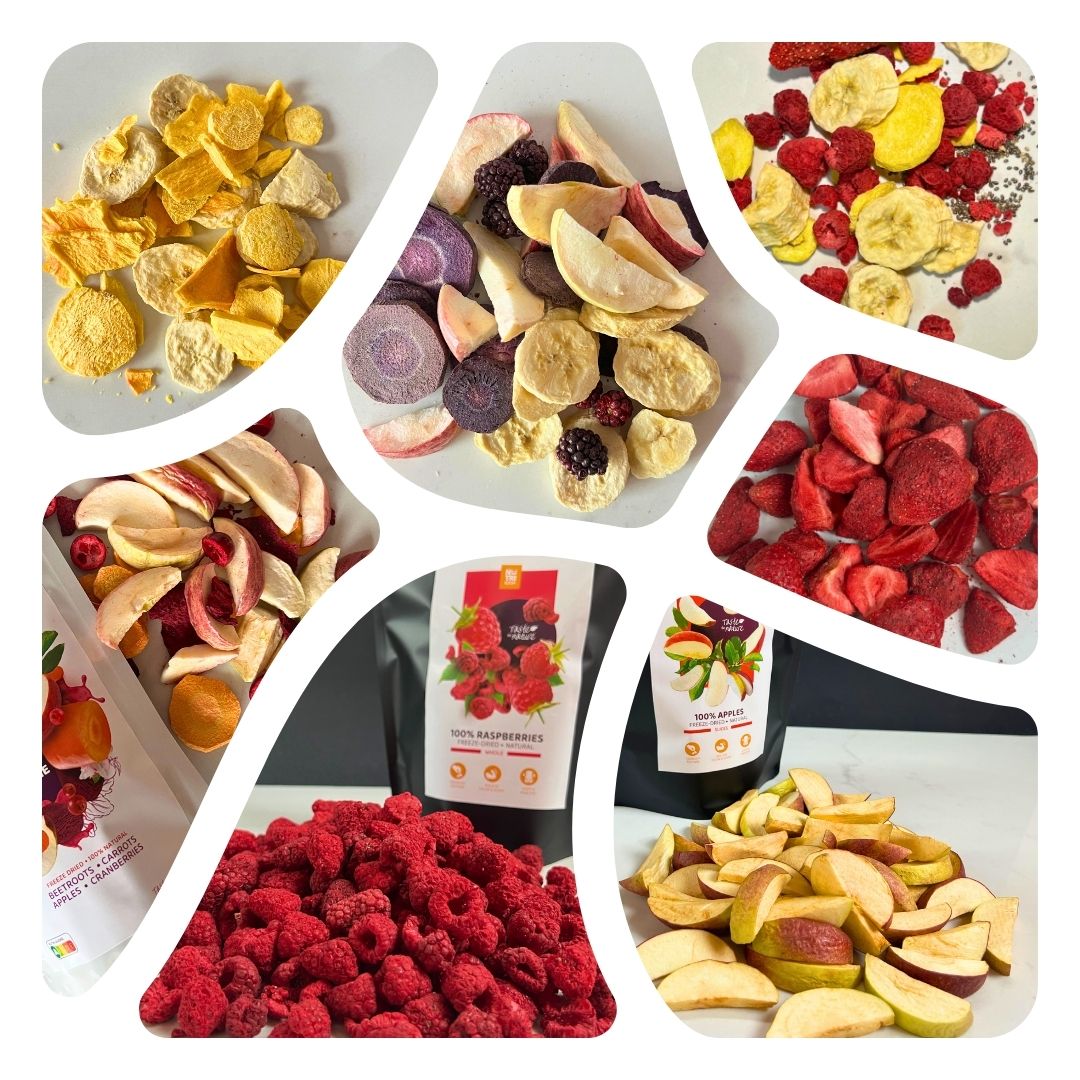
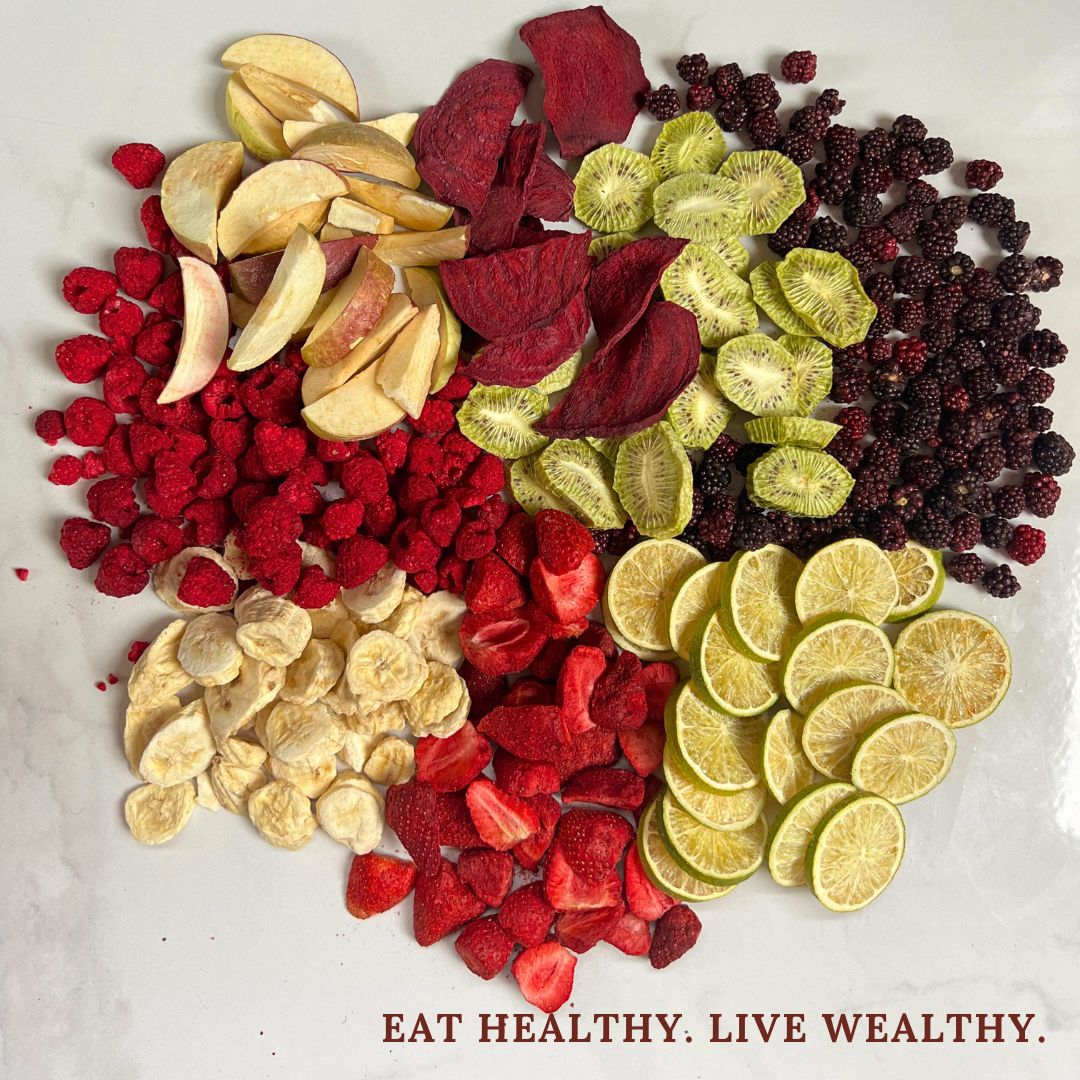
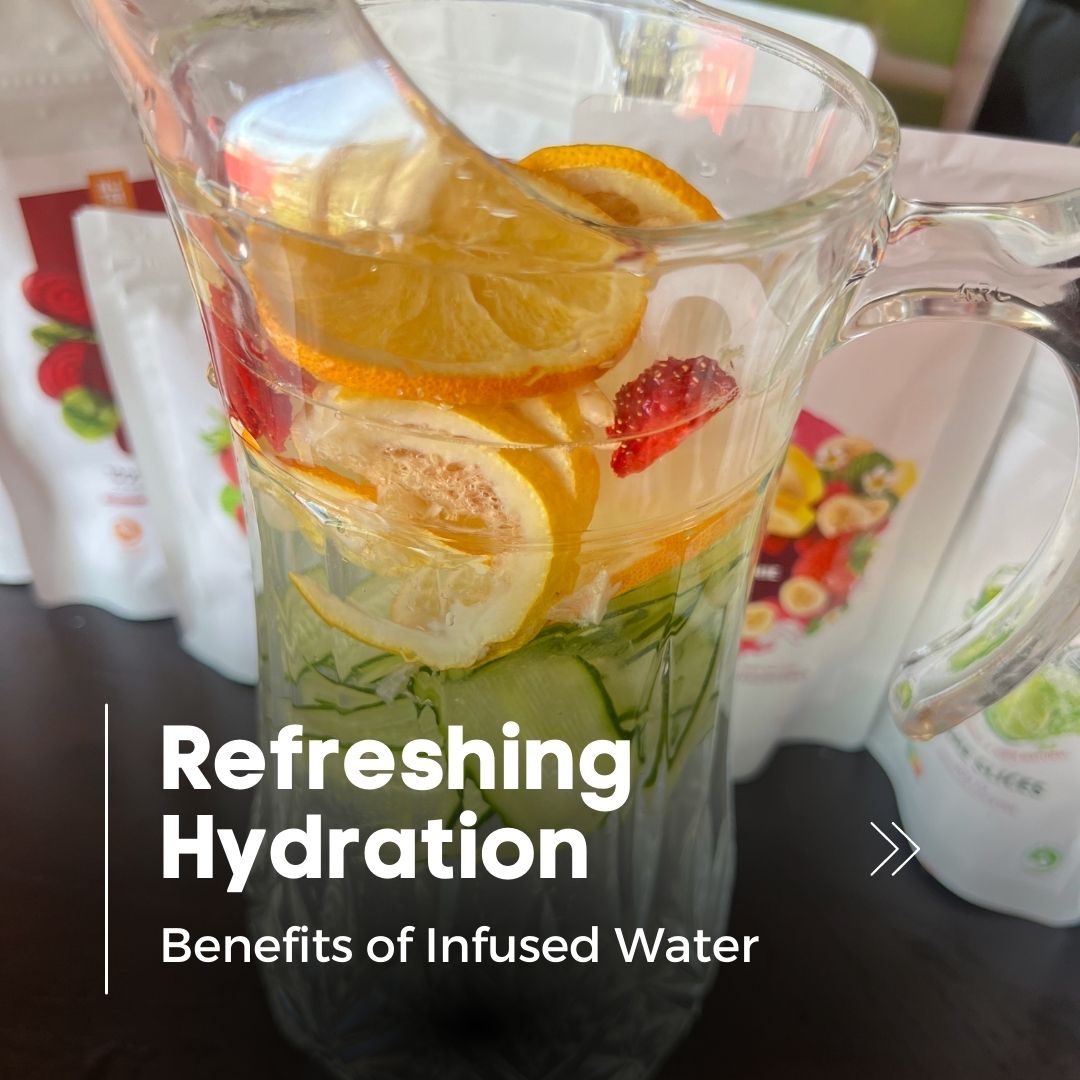
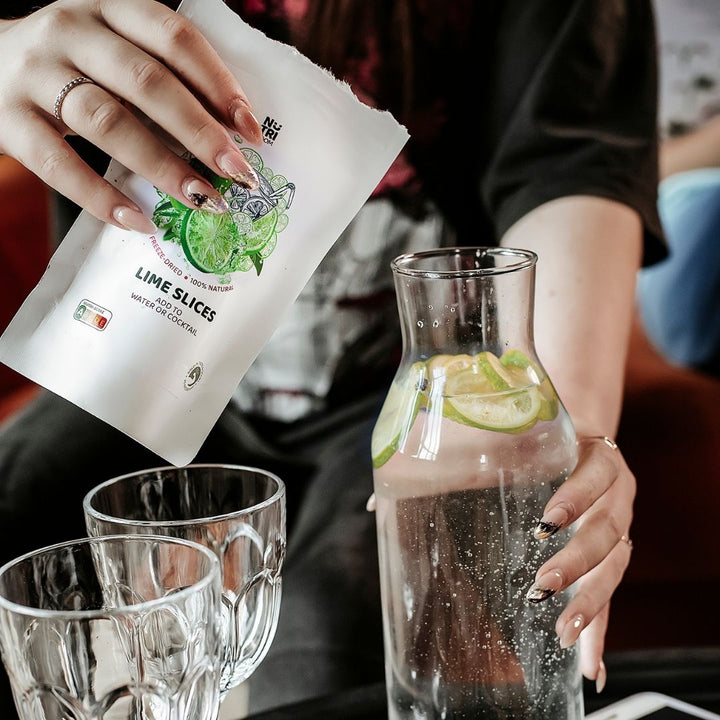
Kommentare (0)
Zurück zu News